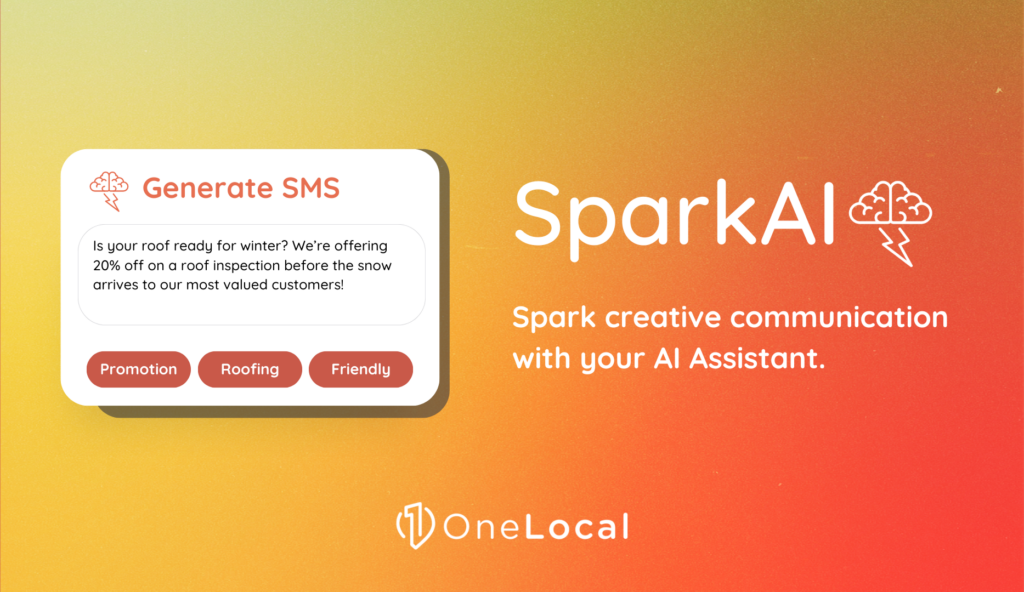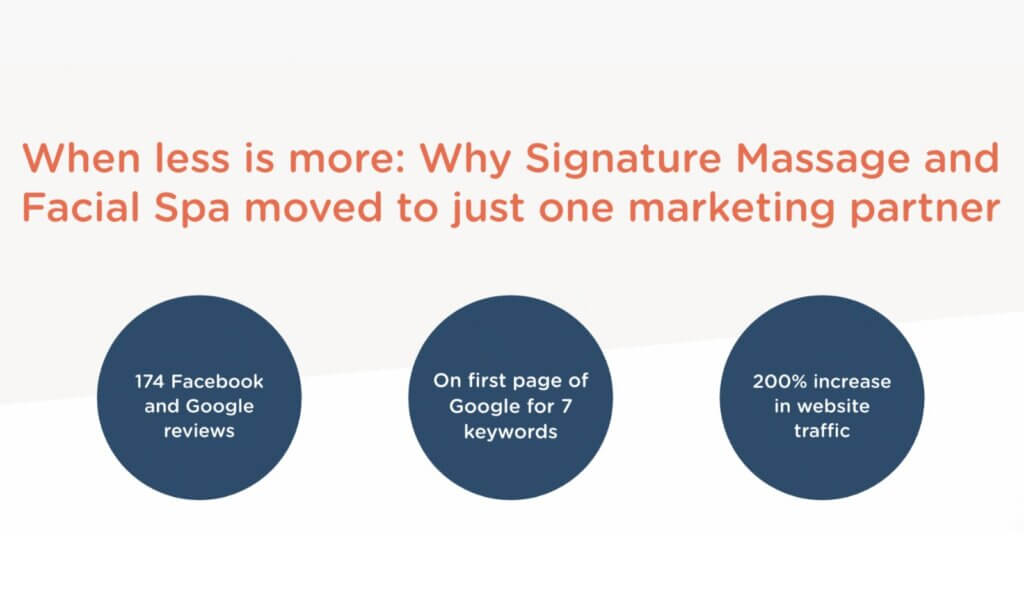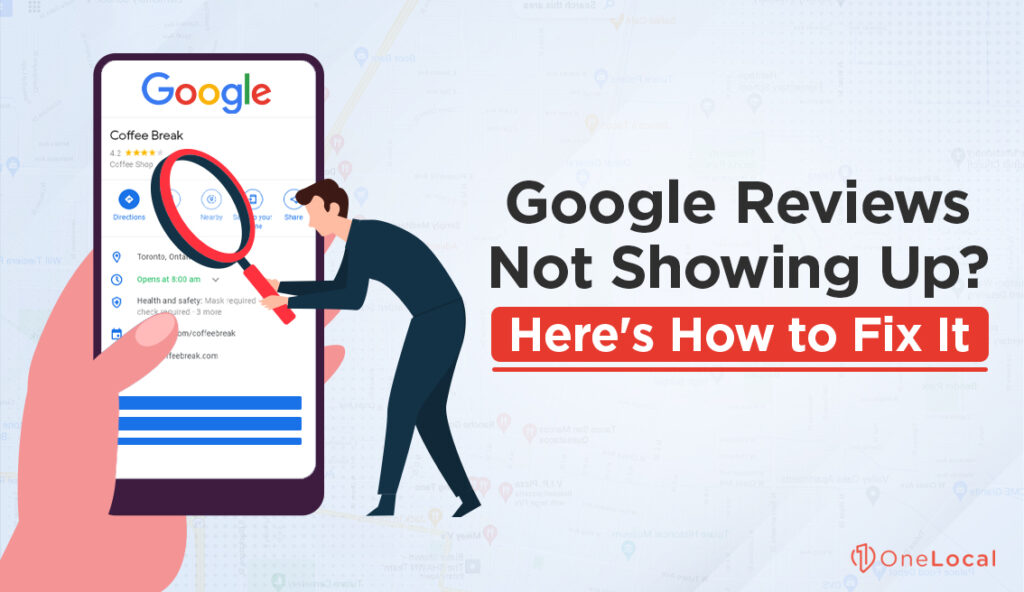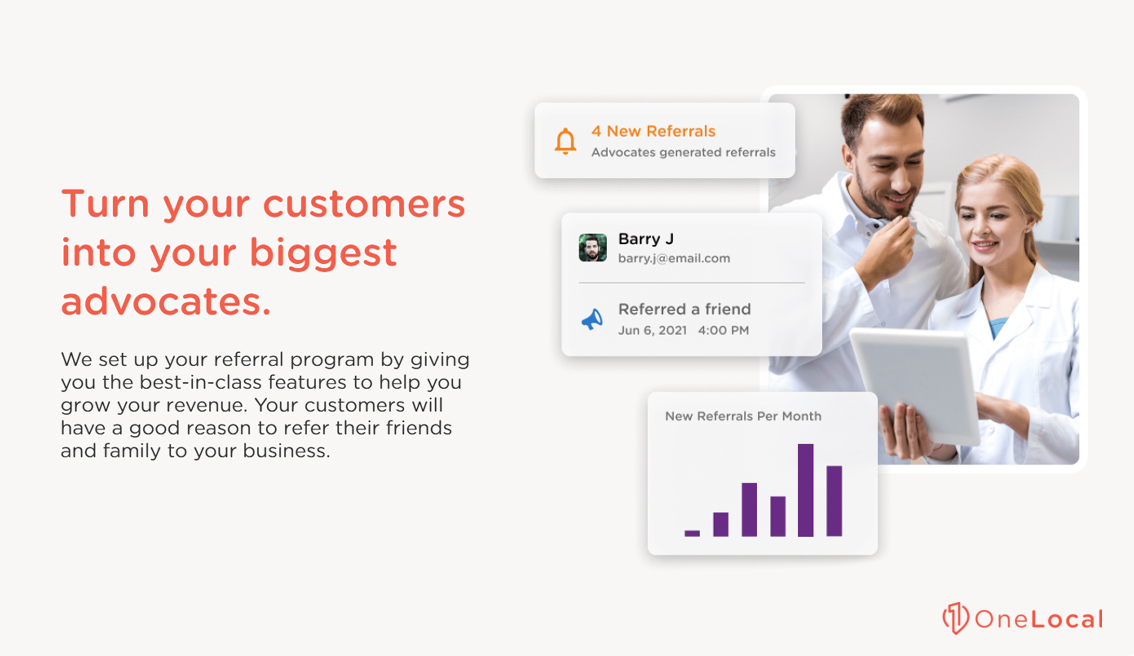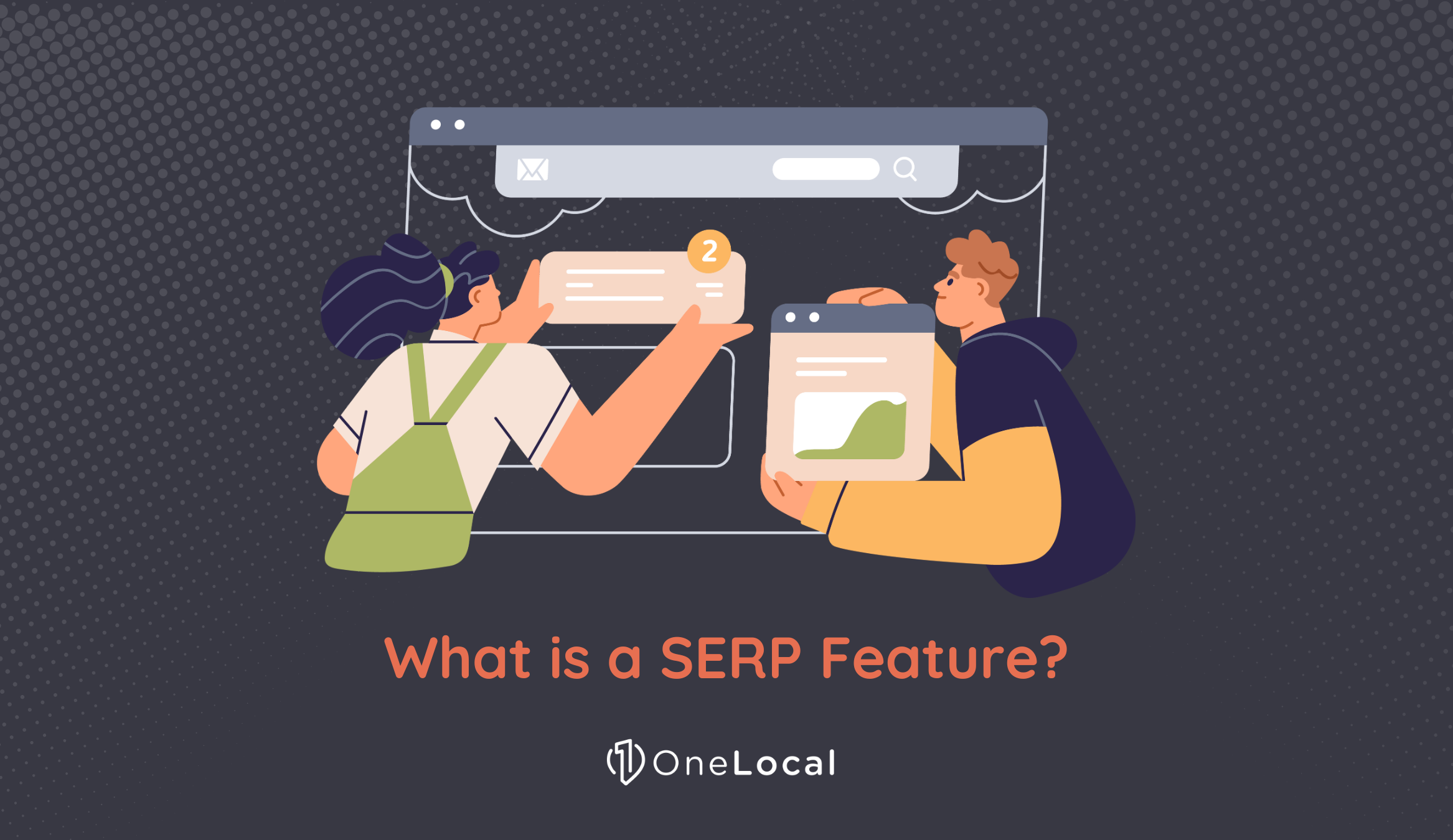What is the best way to get people to visit your website or purchase your product? Is it paid ads? Is it affiliate marketing? Is it television commercials?
None of the above. It’s referrals.
Customer referrals are one of the strongest possible means of getting new users to visit and convert.
Think about it. When shopping for a product, you might search the internet, but do you trust what you find? We all know about affiliate websites where the data is heavily biased toward whatever the site owner is trying to sell. We all know that reviews online are so heavily astroturfed, both for positive and for negative reviews, that they might as well be useless. We all know that, for any piece of content we find online, there’s likely a motivation or bias behind it.
No, what we do is ask our friends, our families, the people we know. We ask the people in our lives who are most likely to have first-hand experience with whatever it is we’re researching, whether it’s a local restaurant, a new vacuum, things to do at a tourist destination, or a piece of software.
We trust our friends, our families, and the personal experts we know. Even if they have a bias, we still trust them, and we’re much more likely to make purchases based on their recommendations.
- When referred by a friend, people are 4x more likely to make a purchase.
- Referred customers’ LTV is 16% higher when compared to non-referred customers.
- Customers acquired through referrals have a 37% higher retention rate, and 81% of consumers are more likely to engage with brands that have reward programs.
- Referred customers have an 18% lower churn than customers acquired by other means.
- You can expect at least 16% more in profits from referred customers.
- –Extole
It’s a good idea to encourage referrals in any way you can. The question is, how do you even know if you’re getting referral customers?
Enter: Referral Tracking
The key, of course, is tracking and analytics.
There’s a lot of information online about referral tracking, but unfortunately, it can mean two different things, so there’s a lot of highly-ranked information that isn’t relevant to our discussion.
Those two different meanings are:
- Personal referrals; that is, what we’ve talked about above. When Dave recommends that Susan checks out your product, and Susan does, she’s a referral.
- Traffic referrals. When Facebook sends traffic to you, data is attached to that traffic, telling you that it came from Facebook. All of that traffic is commonly known as “Facebook referral traffic.” Repeat for every website.
The second kind of referral is safe to disregard for today’s conversation. We’re concerned primarily about the individual, personal referrals.
![]()
Referral tracking in this context means somehow tracking when someone recommends you to someone else and that someone else checks you out. How can you do this, though?
To a certain extent, you can’t. If Dave recommends you to Susan in verbal conversation around the water cooler at work, and she searches for you on her phone and looks you up, all you know is that Susan searched for you on a mobile device and found you. There’s no data attached to that to indicate that Dave is the one who told her about you.
Thus, referral tracking is all about finding ways to gather that data.
How to Gather Referral Data
There are quite a few different ways to gather referral data. There’s no 100% guaranteed way to track all referrals, of course, but every additional data stream you get allows you to refine your data further. So, how can you do it?
1. Referral programs and tracking code.
Have you ever clicked on a link online and noticed that the URL has a bunch of code after it? Stuff that looks like [utm_source=”adcampaign”&utm_campaign=”referrals”]? Or, have you clicked on a link to Amazon and seen data in the URL that has a [?tag=”username”]?
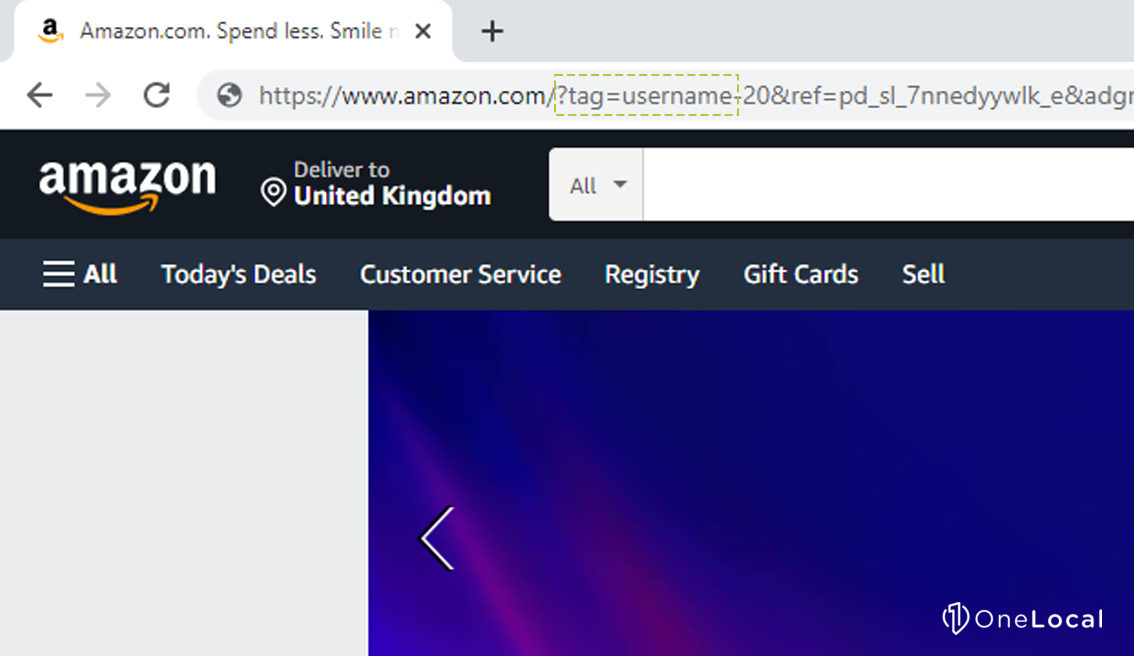
This is referral tracking data. The former is Google’s UTM parameters and feeds data directly into Google Analytics. When you specify UTM parameters, you can customize them for different channels. You might give out a URL with one set of parameters to Dave, another with a different set to Steve, and another with the third set to James. You can then see what traffic came from which source.
Of course, this only works in practical terms with website traffic. No one in real life is going to write down or verbally speak a URL with parameters at the end of it. Most people either won’t bother or know enough to know the site will work without them and leave them off.
The second is Amazon’s affiliate code, which puts a cookie on the user’s computer to track their purchases for something like 72 hours after clicking the link. Again, though, this only works for web traffic.
You can, to an extent, get around this in the physical world by using shortlinks with redirects or by using QR codes to encode the full link. These allow someone to type in an amz.to, or bit.ly link, or scan a QR code and still pass that referral data.
2. Asking the customer where they heard about you.
Another way to set up referral tracking is to ask users where they heard about you. If Susan lands on your page and browses, she might get a survey popping up in the corner. Or, when she checks out, she might see a box in the checkout process asking where she heard about your product. She can write “Dave” in the box, and then you know that Dave referred that traffic.
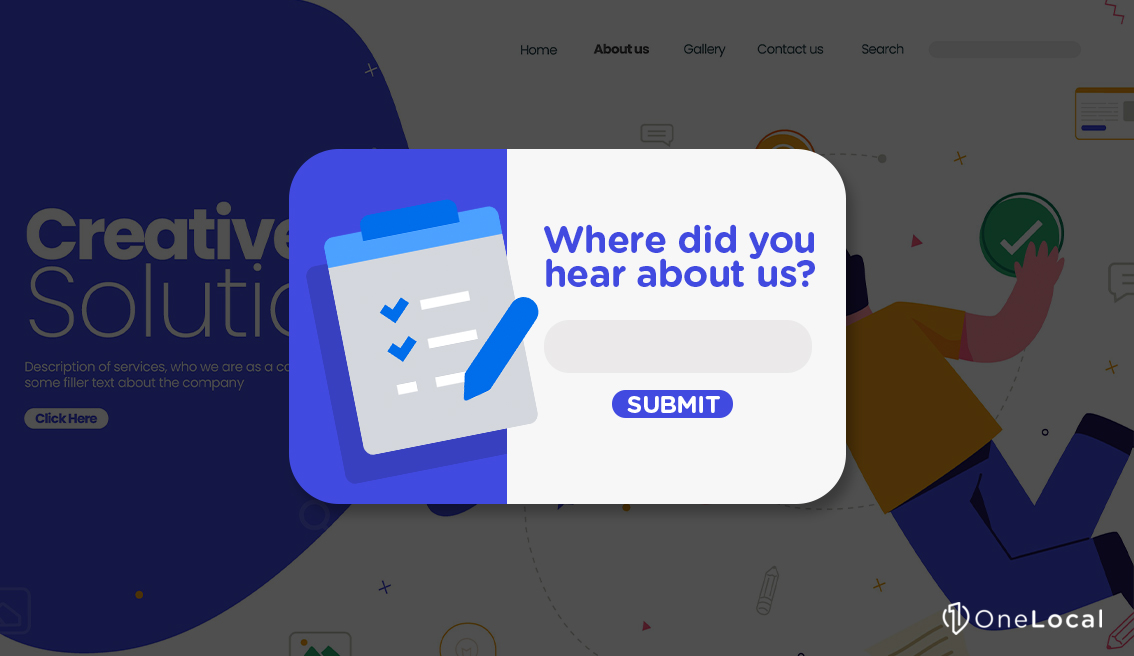
This can work and can harvest referral data for sources you otherwise wouldn’t be able to track. However, if you see “Dave at work” in your referral data, how much does that help you? Do you know which Dave, which workplace? If Dave refers three people, one of them writes “Dave,” one writes “Dave at work,” and one doesn’t write anything; how many people do you think Dave referred?
In other words, this method takes a lot of review and data sanitization, which is tedious at the best of times.
Why Referral Tracking Matters
One question you might have is why referral tracking matters in the first place. Sure, it’s important to know that referrals are one of the most profitable forms of lead generation, but does it matter to track them specifically?
In fact, there are many benefits to doing so.
First of all, it can help you detect and stop fraud. Every business has to deal with bounced checks, declined cards, and chargebacks. With referral tracking, you can identify if there is, for example, one person repeatedly earning referral rewards from purchases that are then charged back. Referral fraud is unfortunately common.
![]()
Another benefit is to identify your top referral sources. Maybe you know that Dave is very good at convincing people to purchase from your store. Why not reward Dave in some way to encourage him to keep pushing? Whether it’s a step up the ladder of rewards, or personal recognition, or reaching out to talk to him and offer him more tools to use, you can’t do any of it without knowing who he is.
You can also use this data to examine trends. Are your referrals clustered more in certain geographic regions, in certain demographics, or during certain times of the year? Do people tend to refer each other more during holiday sales or other promotions, or is it smooth year-round?
This also helps you identify the best channels for referrals. Maybe you find that your best referrals come from social media rather than in-store signage or email referral programs. This gives you two opportunities: you can figure out what the good channels are doing right and find ways to improve the channels that aren’t performing.
All of this is more data on the pile, which you can use to continue to optimize your referral programs and get the most value out of them.
How Our LocalReferrals Platform Works
We understand that it’s a complicated and intensive process to manage referral data, so we’ve created a platform to help local businesses do so easily.
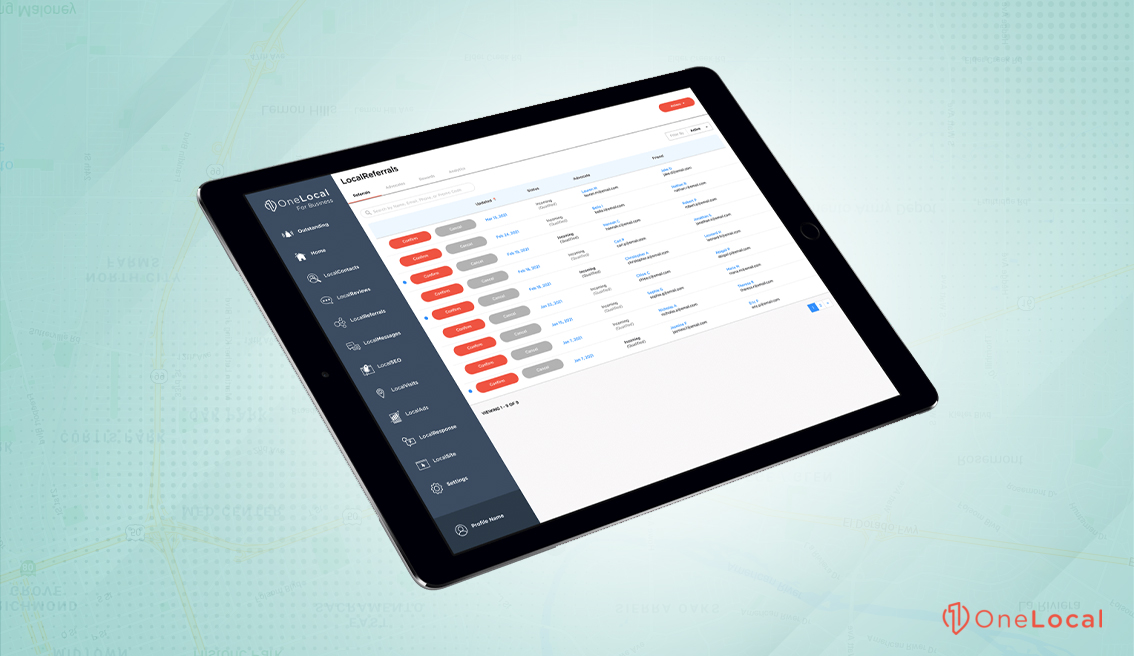
It all starts with a referral program. You can set up referrals for various channels, including individual brand advocates, email links, website links, and in-store signage. Referrals can be tracked per source or person.
Referrals can be incentivized. For example, you can give store credit to anyone who successfully refers a friend and allow them to send an email directly through your website to that friend. Dave can put Susan’s email address in and earn himself a gift card when Susan makes a purchase.
All of this data from various sources is fed into one centralized analytics dashboard. From there, you can see trends in referral data. You can pick out the best referral sources, the best incentives, and the best aspects of your referral system to encourage.
If you’re interested in seeing how the platform works, click here and fill out the form for a free demo.
How to Be Successful with Referrals
Every business can benefit from using a referral tracking system; you just need to know how. There are three keys.
The first is to use a referral tracking system that is closely integrated with your purchase process. It may take some time to integrate it with every aspect, particularly with a brick-and-mortar store. Try to find a way to add referral tracking to each possible channel, whether it’s web copy, social media, email, in-person referrals, sales calls, or something else. Our referral tracking system can help you with this, so drop us a line if you want assistance.
The second is to set goals. It’s great to track data, but you need to know what that data will do for you. What kind of goals can you set?
- Increase the number of referrals for certain channels.
- Increase the value of referred customers.
- Increase the lifetime value of referrals.
- Incentivize referrals.
- Monitor referral rates per channel and identify top and bottom performers.
- Monitor conversion and fraud rates per channel and source.
Your goals can vary, but there are as many options out there as there are possible ways to monetize an audience.
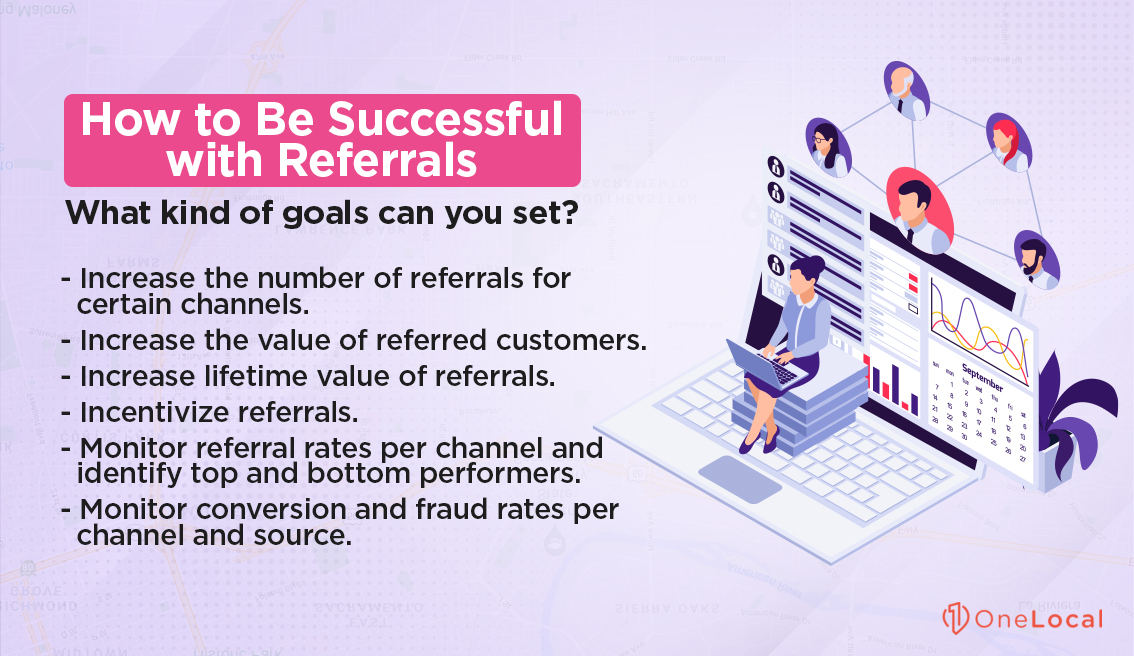
The third is to monitor and make adjustments. You have a referral system set up, you have data tracking, and you have goals. Now, analyze which channels are reaching or exceeding their goals and adjust them. Raise goals on the best-performing channels. Then, identify the worst-performing channels and figure out how to get them to perform better. What is preventing referrals in that channel, and how can you remove the roadblock?
There are many established ways to boost the performance of a referral program, but you can only implement them if you know where the highs and lows of your referrals are in the first place. Once you have that data on hand, you can optimize your processes and get the most out of your audience.
Set Up Your Local Referrals Today
As they say, the best time to set up a referral program was last year. The second-best time to set one up is now. It’s time to get your referrals running, track your referrals, and use that data to boost your profits. Don’t delay.
Whether you want to see who your most effective referral sources are or you want to experiment with new channels, there’s always room for improvement. You can’t improve without knowing how you’re doing, though, so set up referral tracking today.
Our LocalReferrals system is among the best available, so if you want top-tier, local-focused referral tracking, reach out today. We’re standing by to answer your questions about the system, show you a demo, and generally get you up and running with the best referral data you can generate.
If you have any additional questions regarding referral systems in general, do not hesitate to reach out as well! We would be more than happy to assist you with those questions!

Rachel Solway is a seasoned marketing professional dedicated to empowering small businesses through innovative marketing strategies. With extensive experience at OneLocal, a leading marketing solutions provider, Rachel’s insights are helping thousands of local businesses navigate the digital landscape.

